Back in the Oval Office: How President Trump is Reshaping America’s Culture
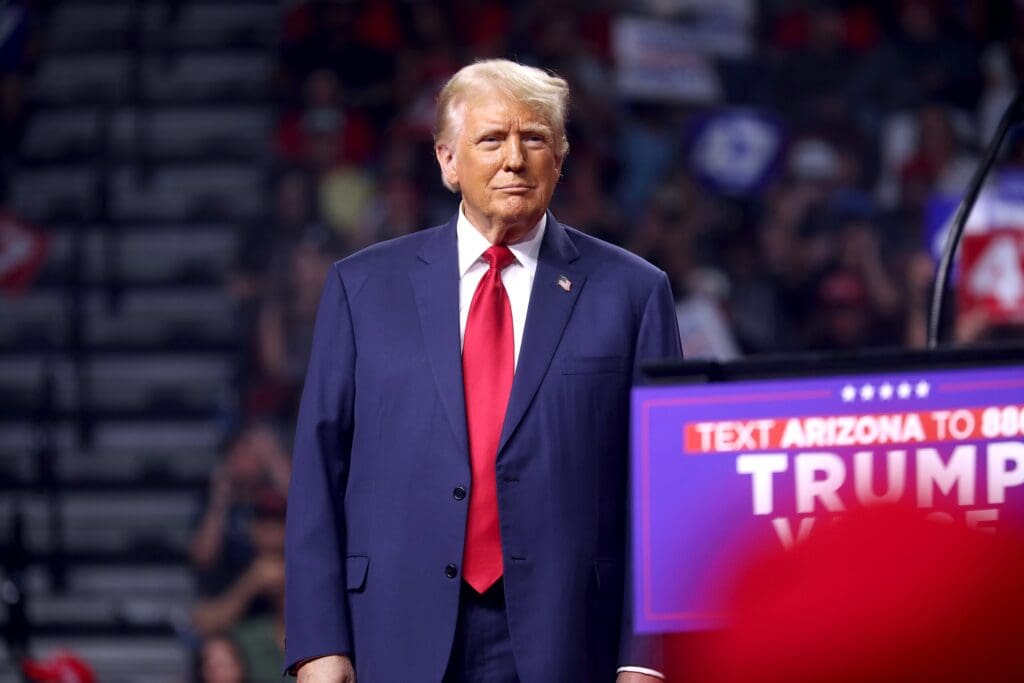
For most people, the name Donald Trump conjures images of golden skyscrapers and grandiose gestures. But behind the glitzy facade lies a lesser-known side of the newly elected president: his peculiar relationship with art and culture. From rejecting Warhol’s pop art to embracing digital NFT collections, Trump has shaped a legacy where branding, aesthetics, and cultural politics collide. It’s the story of a man who uses art as a stage — and culture as a tool.
Share to Social Media

Back in the Oval Office: How President Trump is Reshaping America’s Culture
But this story isn’t just about Trump. It’s a lens into how one man’s entanglement with art mirrors larger shifts in our culture — from the polished corridors of corporate power to the chaotic arenas of social media, and far beyond.

Design. Build. Launch. No Code Needed.
From portfolio websites to full webshops – Elementor lets you build custom WordPress sites visually, fast and beautifully. Join 14M+ users who choose freedom, flexibility, and full design control.
Trump’s Artistic Vision from Warhol to NFTs
Behind the Commission
It began in 1981 when Trump commissioned Andy Warhol to create a series of paintings inspired by Trump Tower. Warhol, ever the pop art provocateur, delivered eight silkscreen canvases—glittering gold and bold in their design. But the story didn’t end as planned. Trump rejected the series, dismissing it as unsuitable for the building’s aesthetic. Decades later, one of those canvases would sell for $952,000 at auction, a reminder of the enduring intersection of art, commerce, and Trump’s larger-than-life persona.
The Easiest Way to Stay GDPR-Compliant
A Personal Touch
Trump’s artistic journey didn’t stop there. In 2005, he sketched the Manhattan skyline—a simple, almost childlike drawing. What might have been an insignificant doodle became a symbol of his branding prowess, fetching over $29,000 at auction.
Digital Art and the NFT Era
Fast forward to 2023, when Trump stepped into the digital art space with “Trump Bitcoin Digital Trading Cards.” The collection, part meme, part marketing genius, epitomized his ability to capitalize on emerging trends. In a world where NFTs blur the lines between art and commerce, Trump’s move was as much about branding as it was about art.
How Trump Redefines Cultural Power Through Influence
Art has always been a reflection of its times, and President Trump’s influence on culture is no exception. His ventures, from Warhol’s rejected canvases to his NFT experiment, reflect not only his business instincts but also his understanding of how art can shape perceptions.
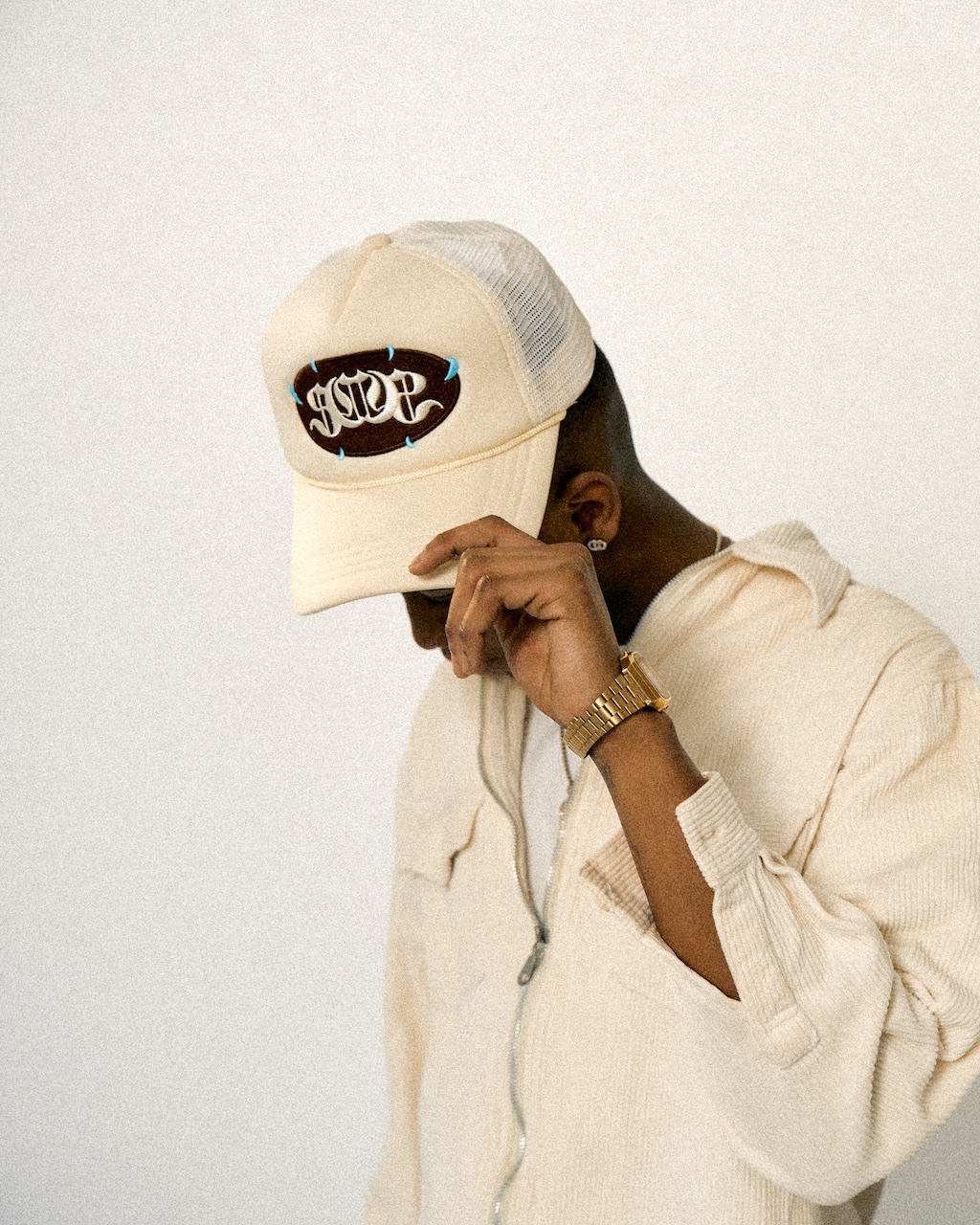
This isn’t the first time a leader has used art as a cultural tool. Franklin D. Roosevelt’s New Deal funded public art programs to foster unity during the Great Depression. Trump’s approach, while different, similarly underscores the power of art in shaping public narratives.

Shifts in Corporate Culture and the Fight Over DEI
Trump’s presidency has significantly impacted corporate America, particularly in the realm of Diversity, Equity, and Inclusion (DEI) initiatives. Meta and Amazon, for example, have scaled back DEI programs, citing shifting policies and priorities. Meanwhile, companies like Apple remain steadfast, doubling down on DEI as a core value.
This tension—between traditional values and a commitment to inclusivity—illustrates the broader cultural shifts President Trump’s leadership catalyzes. Corporate America finds itself at a crossroads: Should businesses reflect societal change, or lead it?
Navigating Free Speech and Moderation in the Media
In Trump’s America, the media has become a battlefield for competing visions of truth and expression. Platforms like Meta and what was once Twitter—now known as X—have faced intense scrutiny over how they handle content moderation and misinformation. During Trump’s first term, social media companies began implementing fact-checking systems to curb the spread of falsehoods. But rather than endorsing these efforts, Trump emerged as one of their fiercest critics.
The landscape shifted after Elon Musk acquired Twitter in 2022 and rebranded it as X, dismantling its content moderation framework in favor of a freer, less-regulated model. Now, at the start of Trump’s second term, Meta has adopted a similar approach with “Community Notes,” a user-driven moderation system inspired by Musk’s vision. CEO Mark Zuckerberg explained the reasoning behind this shift, stating, “The fact-checkers have just been too politically biased and have destroyed more trust than they’ve created.” Proponents see this as a step toward transparency and free expression, while critics warn it risks amplifying misinformation in a polarized media environment.
Higher Education Caught in the Battle Over Wokeness
The Trump presidency has thrust universities into the heart of debates over “wokeness”—a term that sparks celebration for advancing inclusivity and criticism for promoting ideological overreach.
Recent decisions, such as Auburn University’s closure of its Pride Center and the University of Alabama’s defunding of cultural initiatives, exemplify the growing tension. Supporters of these changes argue they return universities to academic neutrality and merit-based priorities, removing politicized agendas. Opponents, however, warn that such actions undermine diversity and alienate marginalized communities.
For many, this isn’t just a policy shift but a clash over the role of higher education in addressing social issues. Should universities champion equity and representation, or focus strictly on academic inquiry? The debate continues to define the cultural divide on campuses nationwide.
Artistic Resistance Reflects and Challenges the Trump Era
The Trump era has fueled a surge of politically charged art, particularly during his first term, as artists grappled with the societal divisions and tensions amplified by his presidency. Dread Scott’s “A Man Was Lynched by Police Yesterday” directly addresses systemic racism, drawing parallels between America’s history of racial violence and contemporary police brutality. The stark, banner-like piece forced viewers to confront the persistence of injustice, resonating strongly during a period when racial inequality became a focal point of national debate.
Marilyn Minter’s provocative works from this time respond to the cultural climate by critiquing the policing of women’s bodies, a theme made more pressing amid rhetoric and policies widely seen as regressive toward gender equality. Through her hyperrealistic and glossy depictions, Minter challenges societal norms and reflects the struggles for representation and autonomy that women faced during this polarized period.
At the same time, platforms like Kickstarter and Patreon have empowered artists to bypass traditional gatekeepers, ensuring that dissenting and diverse voices continue to thrive despite the challenges of a polarized environment. By providing direct access to funding, these platforms enable creators to address controversial or marginalized topics without relying on institutions that might shy away from politically charged content.
The art world itself remains divided, with debates over “wokeness” shaping exhibitions and funding. Whether celebrated for inclusivity or critiqued as ideological overreach, these shifts highlight how deeply Trump-era dynamics have shaped artistic expression. For some, these changes represent a long-overdue reckoning with systemic inequalities in the arts, while others view them as a departure from universal artistic values, prioritizing political agendas over creativity.
Trump’s Cultural Legacy in the Era of His Second Term
As the world watches Trump’s second term, his influence transcends the United States. From corporate boardrooms to university campuses and art studios, the cultural shifts he’s sparked are undeniable.
But this isn’t just about Trump. It’s about how societies everywhere grapple with questions of identity, freedom, and progress. The choices we make—as individuals, communities, and nations—will determine whether this era is remembered for its divisions or its dialogue.

